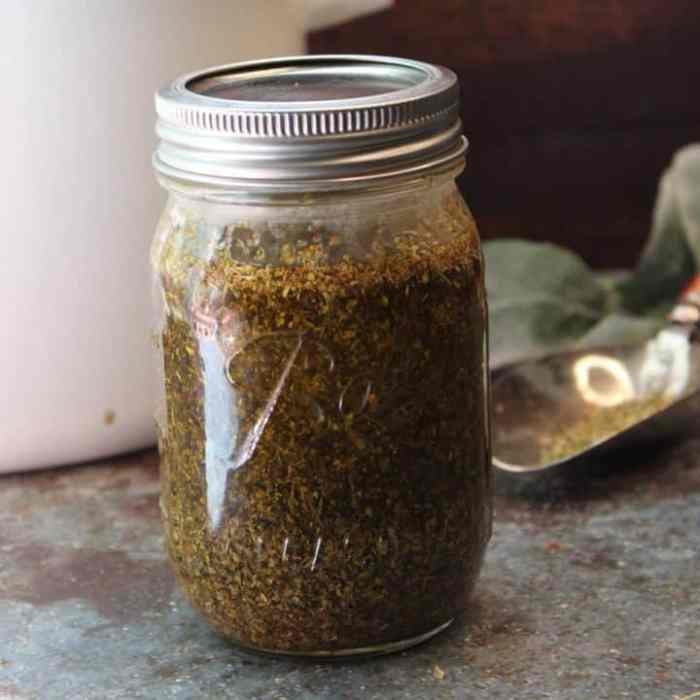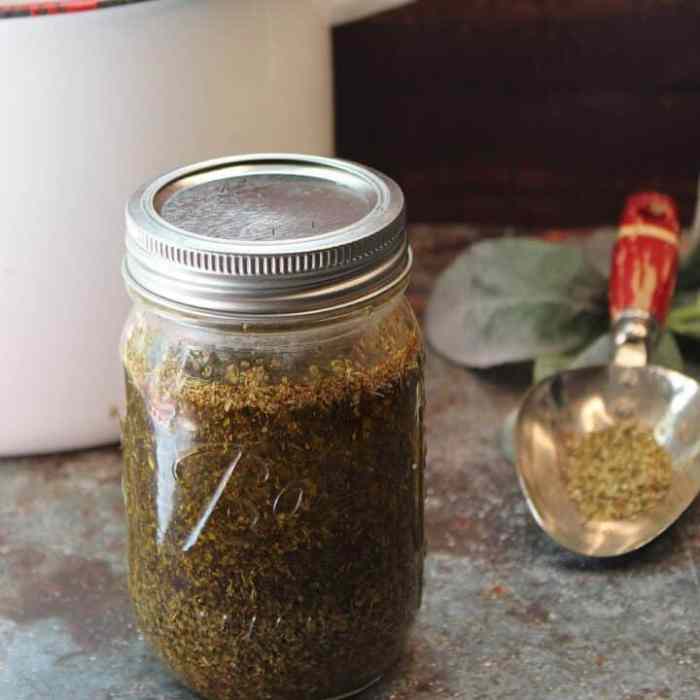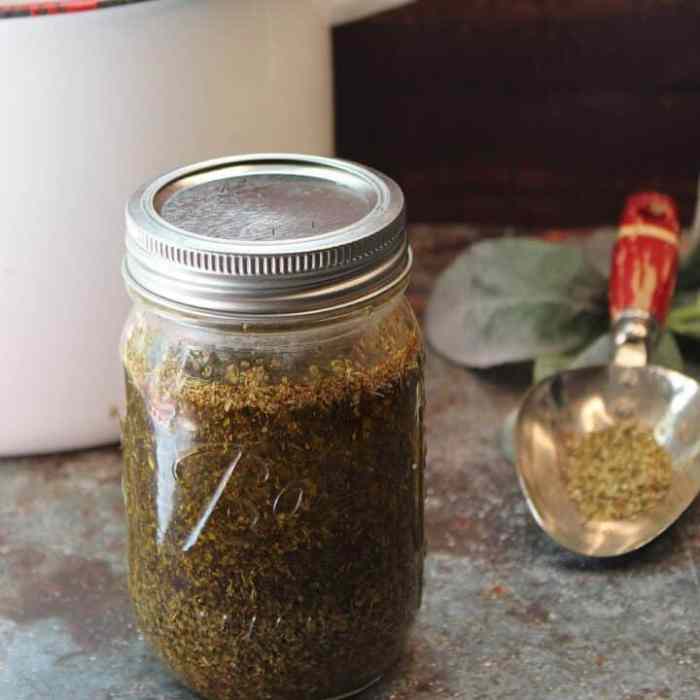DIY oil of oregano, a potent and versatile remedy, has been used for centuries for its medicinal properties. From ancient civilizations to modern-day households, this aromatic oil has found its way into various remedies and practices. Whether you’re seeking a natural way to boost your immune system, soothe skin irritations, or simply enjoy the unique flavor it brings to your dishes, learning how to make your own oil of oregano can be a rewarding endeavor.
This guide will take you through the process of creating your own oil of oregano, covering everything from choosing the right ingredients and methods to ensuring its safety and effectiveness. We’ll explore the potential benefits and uses, discuss precautions and storage, and offer recipes for incorporating this powerful oil into your daily life.
DIY Oil of Oregano
Oil of oregano is a potent natural remedy that has been used for centuries to treat a variety of ailments. It is known for its strong antimicrobial and antifungal properties, making it an effective treatment for infections, inflammation, and even some types of cancer. While you can purchase oil of oregano from most health food stores, it’s also easy to make your own at home using simple ingredients and techniques. In this guide, we will explore the various methods for extracting oil from oregano leaves, providing you with the knowledge and instructions to create your own potent and beneficial oil of oregano.
Making your own oil of oregano can be a rewarding DIY project, especially if you’re looking for natural remedies. While you’re getting your hands dirty with herbs, why not try another fun project like building a large jenga game diy ? Once your giant Jenga game is ready, you can enjoy a game with friends while you wait for your homemade oil of oregano to infuse.
Maceration Method
The maceration method involves soaking oregano leaves in a carrier oil for an extended period, allowing the oil to extract the active compounds from the leaves. This is a simple and straightforward method that requires minimal equipment.
- Ingredients:
- 1 cup fresh oregano leaves
- 1 cup carrier oil (such as olive oil, almond oil, or grapeseed oil)
- Equipment:
- Glass jar with a tight-fitting lid
- Cheesecloth or muslin cloth
- Instructions:
- Wash and dry the oregano leaves thoroughly.
- Place the oregano leaves in the glass jar.
- Pour the carrier oil over the oregano leaves, ensuring they are completely submerged.
- Close the jar tightly and store it in a cool, dark place for at least 4 weeks.
- Shake the jar daily to ensure the oil is evenly distributed.
- After 4 weeks, strain the oil through cheesecloth or muslin cloth into a clean jar.
- Store the oil in a cool, dark place.
Infusion Method
The infusion method involves heating oregano leaves in a carrier oil, allowing the heat to extract the active compounds more quickly than maceration. This method is faster than maceration but may require more careful monitoring to avoid burning the leaves.
- Ingredients:
- 1 cup fresh oregano leaves
- 1 cup carrier oil (such as olive oil, almond oil, or grapeseed oil)
- Equipment:
- Double boiler or heat-safe bowl
- Glass jar with a tight-fitting lid
- Cheesecloth or muslin cloth
- Instructions:
- Wash and dry the oregano leaves thoroughly.
- Place the oregano leaves in the heat-safe bowl or double boiler.
- Pour the carrier oil over the oregano leaves, ensuring they are completely submerged.
- Heat the oil over low heat for 30-60 minutes, stirring occasionally.
- Remove the oil from heat and let it cool completely.
- Strain the oil through cheesecloth or muslin cloth into a clean jar.
- Store the oil in a cool, dark place.
Steam Distillation Method
Steam distillation is the most traditional and effective method for extracting essential oils from plants, including oregano. This method involves using steam to vaporize the volatile compounds in the oregano leaves, which are then collected and condensed to produce a concentrated oil.
- Ingredients:
- 1 cup fresh oregano leaves
- Water
- Equipment:
- Steam distillation apparatus (includes a boiler, a condenser, and a collection vessel)
- Glass jar with a tight-fitting lid
- Instructions:
- Wash and dry the oregano leaves thoroughly.
- Place the oregano leaves in the steam distillation apparatus.
- Add water to the boiler and heat it to boiling.
- The steam from the boiling water will pass through the oregano leaves, vaporizing the volatile compounds.
- The vaporized compounds will then pass through the condenser, where they will be cooled and condensed back into a liquid.
- The condensed oil will be collected in the collection vessel.
- Store the oil in a cool, dark place.
Safety and Precautions

While oil of oregano offers potential health benefits, it’s crucial to use it safely and responsibly. Like any potent substance, it can cause side effects or interact with certain medications.
Potential Risks and Side Effects
Oil of oregano, when used undiluted or in excessive amounts, can cause various side effects. These include:
- Skin irritation: Topical application of undiluted oil of oregano can irritate the skin, causing redness, burning, or itching.
- Gastrointestinal distress: Ingesting oil of oregano, especially in large quantities, can lead to nausea, vomiting, diarrhea, or stomach cramps.
- Allergic reactions: Some individuals may experience allergic reactions to oil of oregano, characterized by symptoms such as rash, hives, swelling, or difficulty breathing.
- Interactions with medications: Oil of oregano can interact with certain medications, including blood thinners, anti-inflammatory drugs, and antibiotics. It’s crucial to consult a healthcare professional before using oil of oregano if you’re taking any medications.
Diluting Oil of Oregano for Topical Application
Diluting oil of oregano before topical application is essential to minimize the risk of skin irritation.
A general guideline is to dilute oil of oregano with a carrier oil, such as olive oil, coconut oil, or jojoba oil, in a ratio of 1:10 (one part oil of oregano to ten parts carrier oil).
This dilution helps to reduce the concentration of the active compounds in oil of oregano, making it safer for topical use.
Safe Usage Guidelines
- Start with a low dose: When using oil of oregano orally, begin with a small dose and gradually increase it as needed.
- Consult a healthcare professional: If you have any underlying medical conditions or are taking medications, consult a healthcare professional before using oil of oregano.
- Avoid contact with eyes and mucous membranes: Oil of oregano can irritate the eyes and mucous membranes. Avoid contact with these areas.
- Store oil of oregano properly: Store oil of oregano in a cool, dark place to preserve its potency.
- Discontinue use if you experience adverse effects: If you experience any adverse effects while using oil of oregano, discontinue use and consult a healthcare professional.
DIY Oil of Oregano vs. Essential Oil

Both DIY oil of oregano and commercially available oregano essential oil are popular remedies for various ailments. However, there are crucial differences between the two, impacting their effectiveness and potential risks. Understanding these distinctions is essential for making informed decisions about their use.
Extraction Methods
The extraction methods used for DIY oil of oregano and oregano essential oil significantly influence their properties.
DIY oil of oregano is typically made by macerating fresh oregano leaves in a carrier oil, such as olive oil or coconut oil. This method involves soaking the leaves in the oil for several weeks, allowing the oil to extract the active compounds from the plant. The resulting oil is generally less concentrated than essential oils.
Oregano essential oil, on the other hand, is produced through steam distillation. This process involves heating oregano leaves with steam, which extracts the volatile oils from the plant. The extracted oils are then separated from the water and collected as essential oil. Essential oils are highly concentrated and potent, containing a higher concentration of active compounds than DIY oils.
Concentration
The concentration of active compounds in DIY oil of oregano and oregano essential oil is a significant difference.
DIY oil of oregano typically contains a lower concentration of active compounds compared to essential oils. The maceration process does not extract all the volatile compounds present in the plant, resulting in a less potent oil.
Oregano essential oil, due to the steam distillation process, extracts a higher concentration of active compounds, making it more potent. This higher concentration can be beneficial for therapeutic purposes but also increases the risk of adverse effects.
Intended Uses, Diy oil of oregano
DIY oil of oregano and oregano essential oil have different intended uses due to their varying concentrations and extraction methods.
DIY oil of oregano is generally used for topical applications, such as diluted in a carrier oil for skin conditions or added to bathwater for relaxation. It is less commonly used internally due to its lower concentration of active compounds.
Oregano essential oil, with its higher concentration of active compounds, is often used both topically and internally, although it is crucial to dilute it properly before ingestion. It is commonly used for a wider range of purposes, including immune support, digestive health, and antifungal applications.
Potential Benefits
Both DIY oil of oregano and oregano essential oil have potential benefits for health and wellness.
DIY oil of oregano, while less potent, may still provide some benefits due to the presence of active compounds. It may be effective for minor skin conditions, such as acne or eczema, when diluted properly.
Oregano essential oil, with its higher concentration of active compounds, may offer more potent benefits. It is often used to support immune function, combat bacterial and fungal infections, and alleviate digestive issues.
Potential Drawbacks
Both DIY oil of oregano and oregano essential oil have potential drawbacks that need to be considered.
DIY oil of oregano, while generally considered safe for topical use, may cause irritation or allergic reactions in some individuals. It is important to test a small area of skin before applying it to larger areas.
Oregano essential oil, due to its higher concentration of active compounds, can be more potent and may cause adverse effects if used improperly. It is crucial to dilute it properly before use, especially for internal applications. Additionally, pregnant or breastfeeding women should avoid using oregano essential oil without consulting a healthcare professional.
Making your own oil of oregano can be a fulfilling and empowering experience, allowing you to harness the natural power of this remarkable herb. By understanding the process, choosing quality ingredients, and adhering to safety guidelines, you can create a potent and effective oil that can be incorporated into your wellness routine. Remember to always consult with a healthcare professional before using oil of oregano for medicinal purposes, and enjoy the journey of exploring this ancient remedy.

